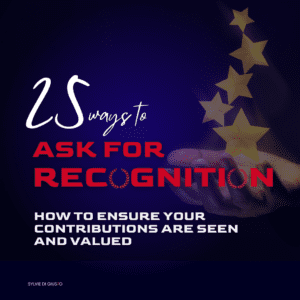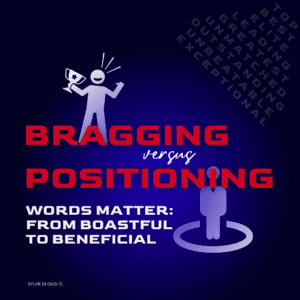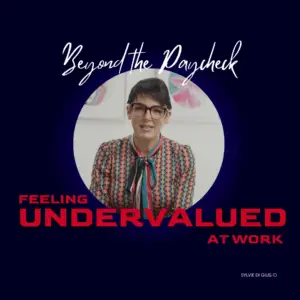THE MYTHS & TRUTHS
of Branding, Image, Reputation, Perception, Visibility and Standing Out
There are many elements that give you a strong company identity. These include your branding, image, reputation, perception, visibility and standing out.
As a business person, it’s important to develop each of these. But before you can do that, you need to fully understand what they are.
There are many myths going around that may cause you to misunderstand these aspects of your business persona. Let’s set the record straight.
Branding
When people think of branding, they think of things like logos, color themes, web designs, social media, marketing materials, mascots, and more. The truth is these are the elements of branding, but they are not synonymous with branding.
Branding is what makes you unique and differentiates you from everyone else. So, when you create these elements, you want to make them cohesive, and you want them to show your personality.
For example, if you make a modern-looking logo and pair it with a gothic web design, a traditional color theme, and childlike images, you won’t present a strong identity. You need to think of what you and your brand represent and let it shine through in all your branding elements. This will help you create a strong branding image.
Reputation
You may think your reputation is what people say about you behind your back. In reality, you will never know what people say about you behind your back.
So how can you tell what makes up your reputation? Your brand identity is a good start. And it’s beneficial that you have optimal control of your brand identity, as it means you can determine the image you project.
The other part of your reputation consists of what people are saying about you…and thanks to technology, most of it is right in front of your face. It consists of your online reviews, your social media comments, and any type of press you have.
You may not think you have much control over this aspect of your reputation, but you do. If you see negative commentary, it’s essential to respond to it as soon as possible. This way you can address matters before they escalate.
So if you get a bad review or even a good review, respond. This will show the client that their feedback is meaningful to you and that you are taking steps to do better. If a crisis occurs, take control of matters so you can minimize damage.
Image
Some people think that image is only what people see. They think it refers to the way they dress, the way they wear their hair, and other aspects of their general appearance.
But image is so more than that. It comes through in everything you do. It involves the way you speak, your mannerisms, and your body language.
It also includes your professional image, which is made up of your branding elements and your environment, to name a few. For example, your office or the setting you meet a person in can be a part of your image.
Your image should always work to put your best foot forward, so it’s important to assess and make improvements if necessary. Some people feel personal appearance isn’t important, but a professional-looking outfit and haircut can go a long way in the impression you make on others.
You should also take steps to maintain a nice-looking office space. If you meet someone outside the office, make sure you choose a location that represents you well.
Perception
Perception refers to how you come across to other people. The myth lies in what attributes to the perception people are getting. You may think it’s limited to a single, unified view, but it’s the sum total of the emotional reactions they are having.
The perception people have of you is not one-dimensional. If they meet you once, they may base their reactions on various elements. These include what you are wearing, what you are saying, your body language, and so on.
Others may have multiple interactions with you and your brand. They may see you several times. They may also interact with your brand and branding elements which will affect their perception.
The fact that people have various interactions with you and your brand that may affect their perceptions emphasizes the need to stay cohesive. It’s important to send a unified message of what you’re about. So, if you support a cause, like, say, the environment, you will want to stay true to that by wearing eco-friendly items and using eco-friendly processes in your manufacturing.
Not doing so can be extremely detrimental. It can cause people to question your transparency, and they may lose faith in your brand.
Standing Out
There are several elements that can make a company or a brand stand out. The most obvious is an eye-catching look. So, you can wear a metallic green leather dress to stand out. Or add metallic green packaging to your products, so people notice them on the shelves.
This is a great way to get noticed. But what people don’t realize is, standing out involves more than that. It is also based on the things you do. For example, Rosa Parks stood out when she refused to take a seat on the back of the bus. Greta Thunberg stood out when she skipped school to rally in front of the Swedish Parliament, calling for action.
These are both outstanding actions of bravery that not many will achieve in their lives. But there are ways you can make yourself and your company stand out. You can support a cause, come out with a unique product, design a revolutionary marketing campaign, and so much more.
Visibility
Some people think visibility refers to being famous, well-known, and in the public eye. And they are not wrong. But when you are talking about visibility in a business sense, it means being on the tops of people’s minds and easy to find when they are looking for what they have to offer.
So how can you increase your visibility? You can take steps to make your brand as visible as possible. This includes creating attractive social media accounts and posting on them often, and having multiple points of contact for anyone who is seeking out your help.
Building a strong professional identity requires branding, reputation, image, perception, standing out, and visibility.
Now that you have a clear idea of what each one entails, you can move forward with an effective plan. I wish you the best of luck with your endeavors.
The Myths & Truths about Branding, Image, and Reputation
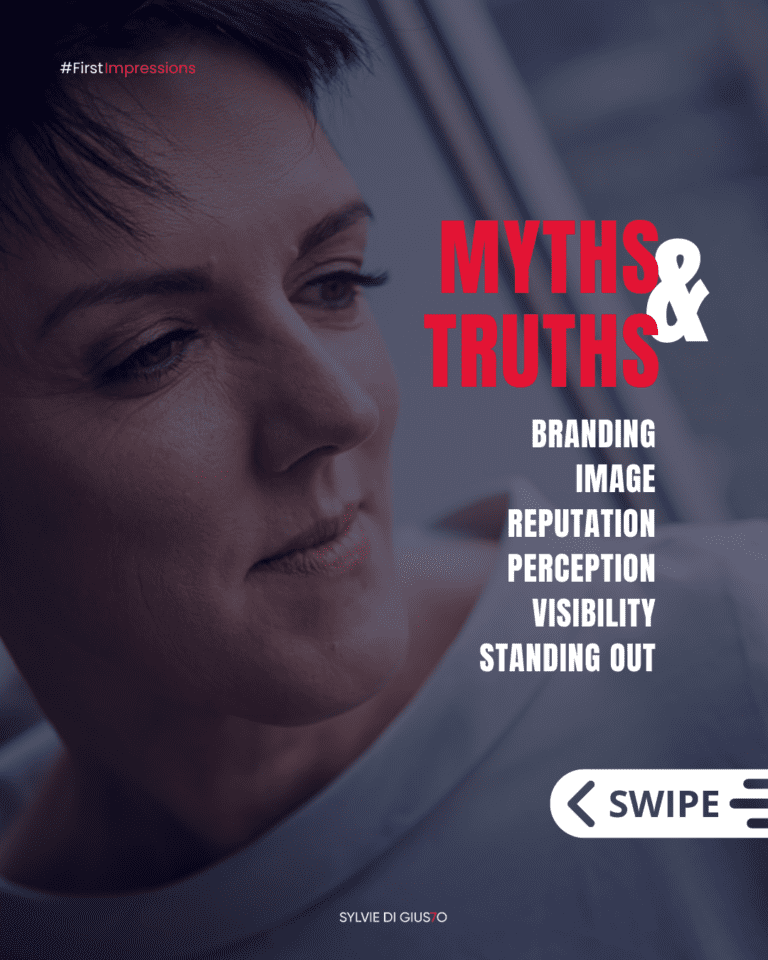
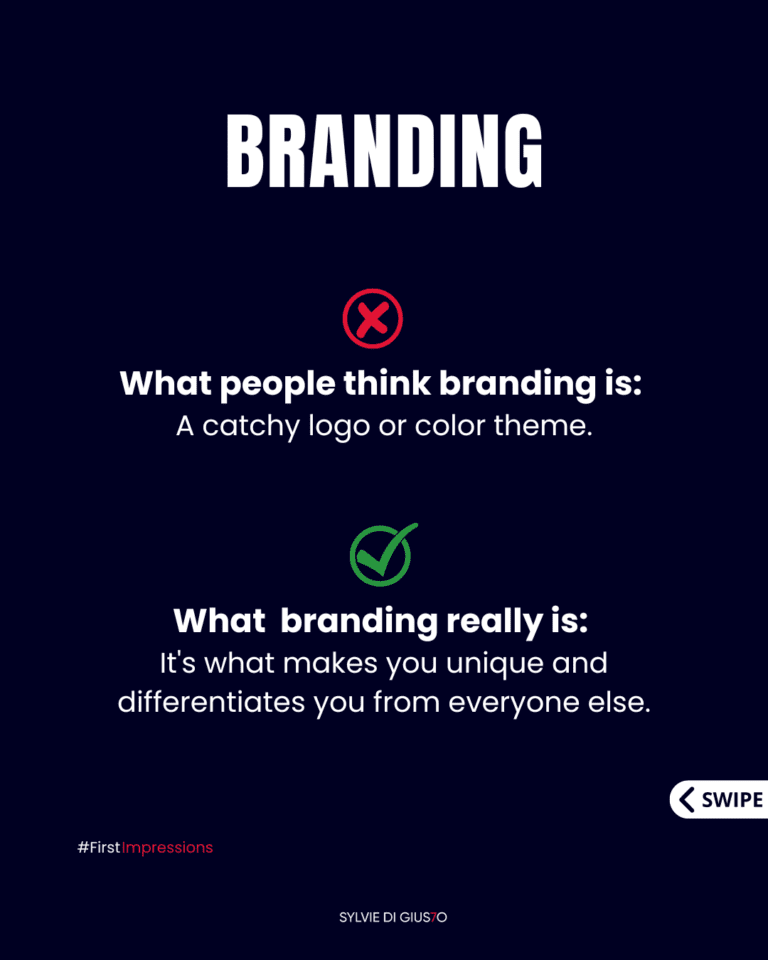
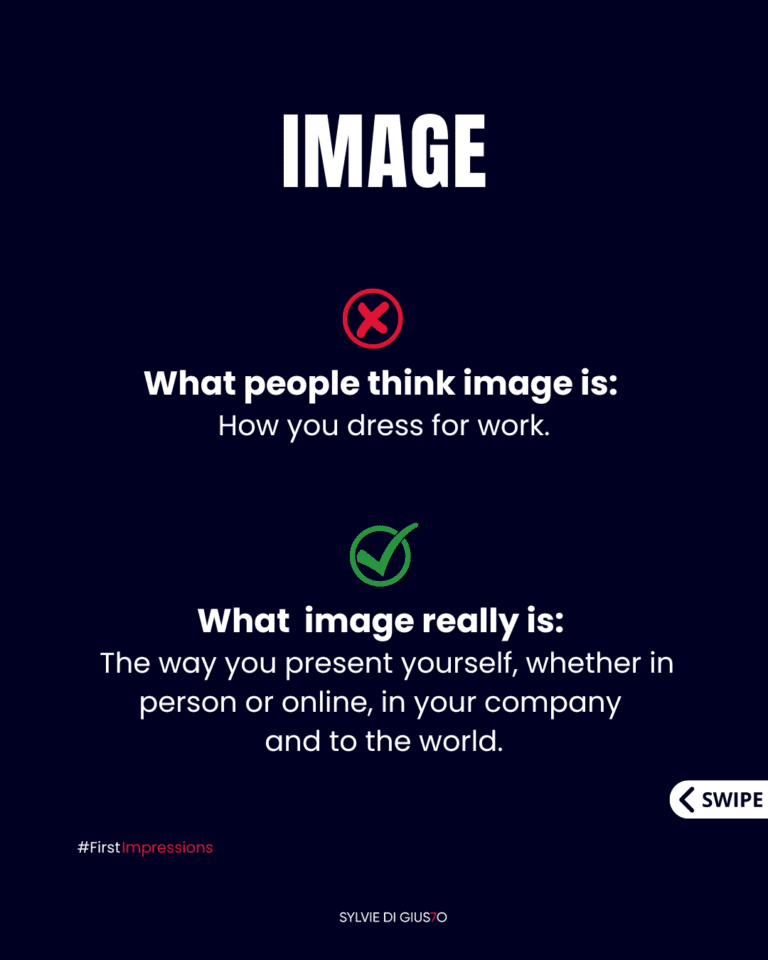
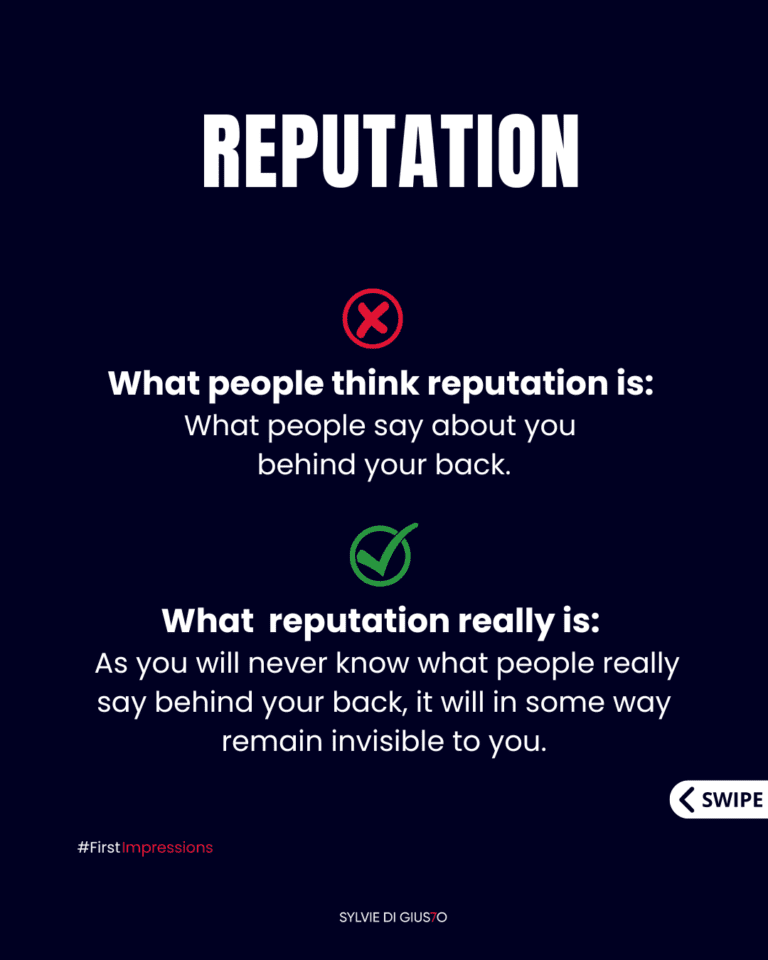

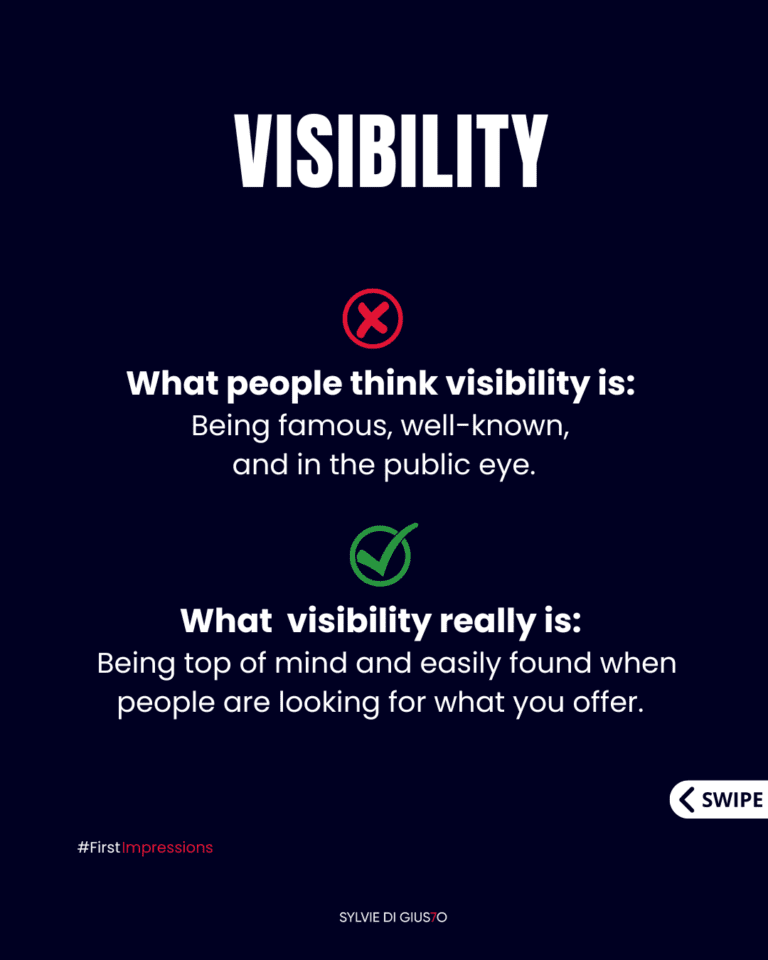
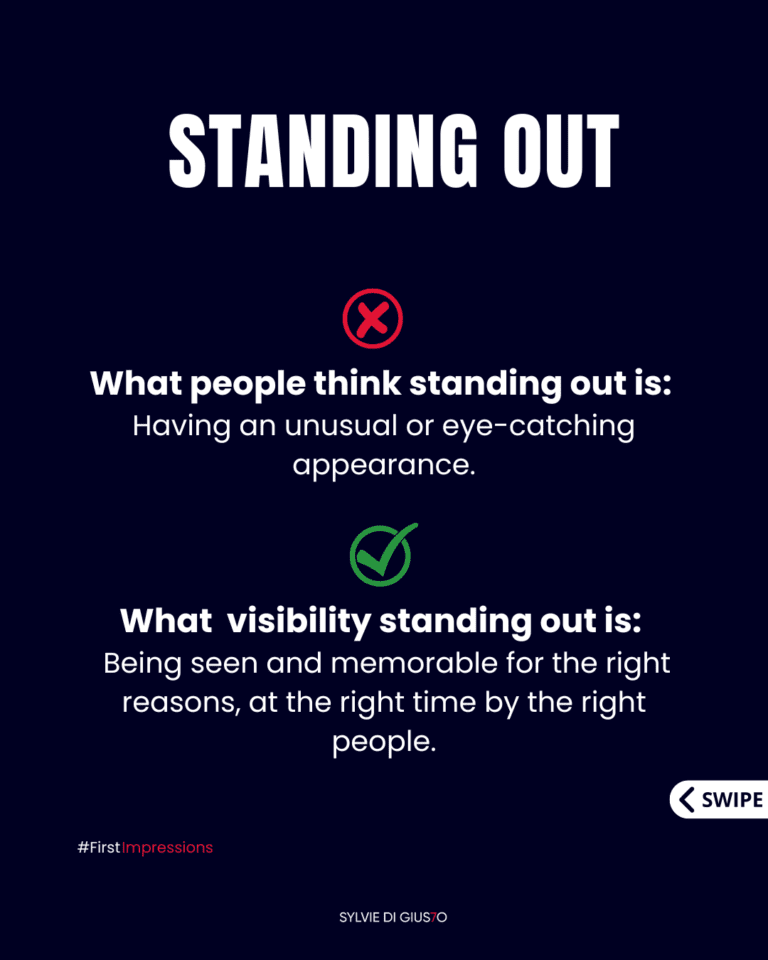
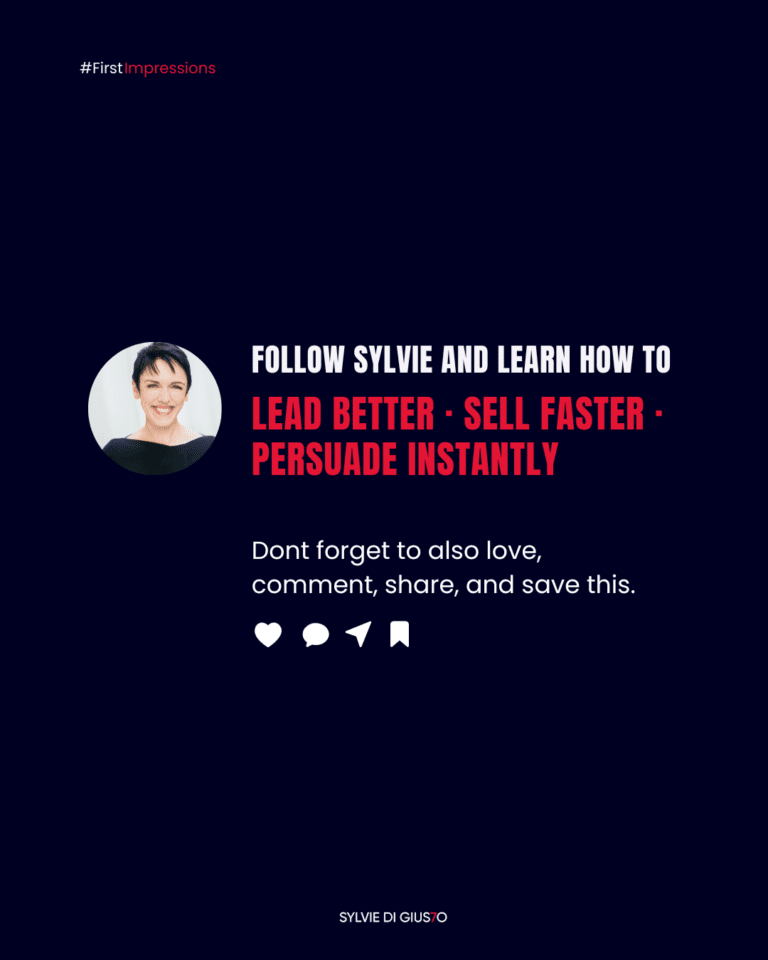
PS: Interested in more content like this? Make sure to follow me on Instagram. It’s where I visualize and publish my thoughts daily. I hope to see you there.
